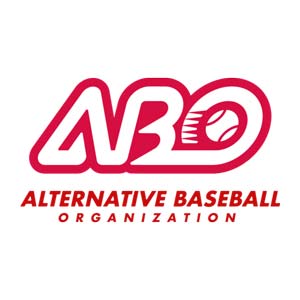Extreme sports among teens and even young adults are growing in popularity. High-risk activities such as bicycling, skating, skateboarding and scooter riding are part of a trend that is moving away from traditional sports and toward those that are more individualized. There is a lot of speculation as to why this is occurring, but there is no disputing it is a trend sweeping the nation. Theories rooted in biology, psychology, and sociology offer insight into the driving forces behind this type of play. Understanding the appeal of these activities to teens, as well as the patterns of injuries associated with these sports, may assist recreational designers in preparing more appropriate and safer environments.
A biological explanation for why teens engage in high-risk play is provided by the rapidly advancing technology available in the field of neuroscience. Researchers have learned that monoamine oxidase (MAO) is an enzyme in brain cells that catalyzes the oxidation of neurotransmitters such as serotonin and adrenaline (those which are responsible for positive emotions). They found that some brains are deficient in MAO levels, and therefore the only way to elevate the MAO enzyme is by engaging in high-adrenaline activities (e.g., skydiving).
This continual need for mental stimulation becomes an intrinsic motivator for the continuance of such activities. For teens, this adrenaline rush typically is not possible via activities on the scale of skydiving. It is, however, abundantly available in skateboarding and biking.
From a psychological perspective, a thrill-seeking personality may play an important role in understanding the desire to participate in high-risk play. Those with such personality traits are commonly referred to as “Type T” people. Type T personalities enjoy intense stimulation and their lifestyles revolve around risk—both positive (mountain climbing) and negative (drunk driving).
Finally, a sociocultural explanation for the extreme sports craze is based on the substantial media coverage it receives. ESPN’s X-Games, the Gravity Games in Providence, R. I., and the almost non-stop advertising for extreme sports, all impact the psychological motivations for engaging in these sports. Consumer theories suggest that teens involved in these sports may not be motivated by the physical aspect of the activity, but rather by the appearance of a high-risk life style.
Despite various explanations as to why teens are more and more interested in this type of play, the fear of potential injuries takes precedence over its value. Risk perception is a problem with all injuries. In general, humans are not very good at perceiving risk for things they control; teens, due to their relative inexperience, are especially poor at it. MRI and PET scan research has shown that adolescent brains are more similar to those of children than adults. Based on this finding, adolescents may not be capable of avoiding experiences that put them at risk of serious injury. Hospital records show data supporting this notion. Skateboarding injuries have increased in direct proportion to the increased popularity of the sport. Ankle and wrist fractures, sprains, soft tissue injury and concussions are the most commonly reported physical injuries. Sports and recreational activities are the number one and three leading causes of injuries in teens—bicycles, skates, and scooters are implicated in nearly a quarter of all recreational injuries for the early adolescent age group. The group at highest risk for sport and recreation injury leading to an emergency room visit is 10-14-year-old boys.
However, the number one cause of accidents on skates and scooters is surface irregularities which cause the rider to lose balance and fall, not an inappropriate level of risk or poor judgment by teens. One way to prevent this type of accident is to have a smooth surface free from gravel or rocks. For skaters, this means a prepared skate environment such as a skatepark. Including skating areas in public parks alongside the baseball fields and basketball courts is an idea that should be promoted to municipal parks and recreation personnel. By including professional risk managers, landscape architects, and skaters, in the design of the skateboard park, the risk of injury may be significantly reduced. Park personnel together with skaters can develop and enforce rules requiring helmets and other safety gear. Many parks that have implemented such safety rules have relied on skaters to self-police; an expectation that is usually successful since the skaters want to keep the skate park open. Past experiences pertaining to park space considerations, structural design elements, aesthetic presentation, and supervision have provided an opportunity ripe with potential to create safer and more appropriate high-risk play environments for teen-age players.



















Add new comment